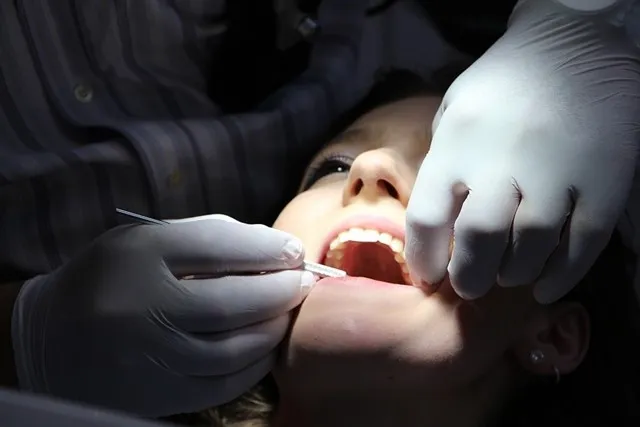Periodontal disease produces an inflammatory response that causes the destruction of periodontal tissues and diabtes, associated with high systemic levels of inflammatory markers, increases inflammation and accelerates the destruction of periodontal support tissues, the member of the unit of the unit of the unit ofIntegral International Vithas Dentistry, Dr. Ramón de Santos.
According to data from the Spanish Periodontics Society, people with poorly controlled diabetes, both type 1 and type 2, have a 2.9 times higher risk of periodontitis.
"The relationship between both pathologies is bidirectional, diabetes increases the risk of periodontal diseases but these can also affect diabetes and blood glucose control," said Santos.
Periodontal disease implies the loss of gums and bone surrounding the tooth.It is produced by diverse causes, mainly due to an infection caused by various types of bacteria, although other factors, such as genetics, crowding of teeth, smoking or incorrect oral hygiene measures can also influence.
It has to become a chronic painting.In the case of diabetic patients, not performing timely approach can compromise glucose control and increase insulin resistance.
Periodontitis treatment
Although the bone that has been lost cannot be recovered, it is possible to stop the progression of the disease, so it is essential to treat it as soon as possible.
The treatment consists of performing a scraping and root smoothing."We eliminate bacteria bags through an ultrasound, curett and polishers apparatus. It is a procedure that is not painful and can be performed with local anesthesia," said the specialist, who added that the state of the gums improves in justthree or four days.
In more advanced cases, a small surgical intervention may be necessary, treatment that can be completed with antibiotics and, according to each case, the use of discharge splints may be recommended.
For people who have diabts, the specialist has recommended to maintain annual professional reviews with their dentist and pay special attention to symptoms such as gum bleeding, greater cold sensitivity, halitosis or gum retraction.
"The patient must be aware of his problem and assume that, after the initial treatment, periodontal maintenance cleanings should be performed periodontically so that the therapy is effective," the expert concluded.


